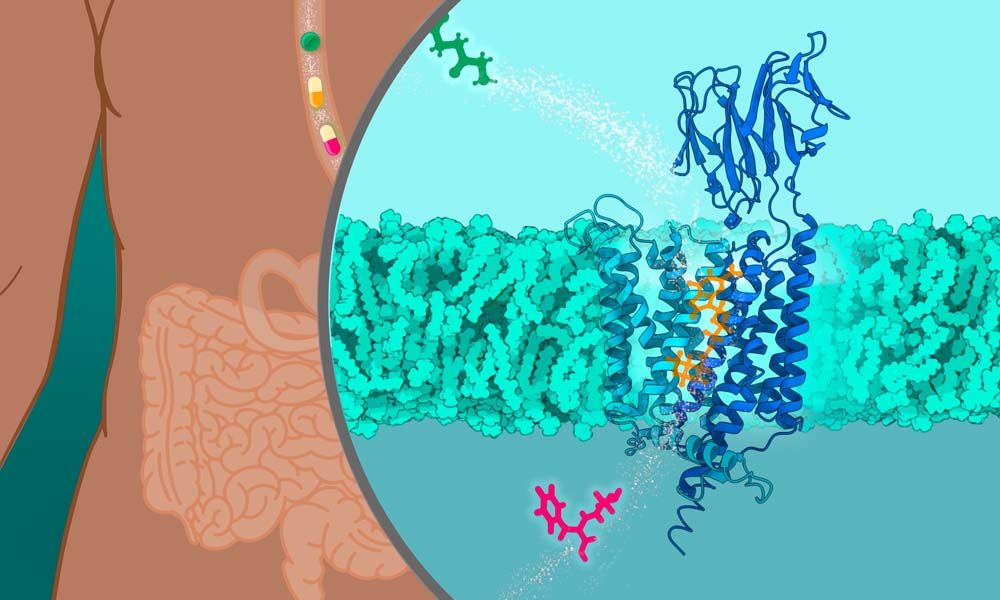
Imagine a vibrant, bustling city thriving within you, teeming with trillions of tiny residents working tirelessly to keep you healthy and feeling your best. This isn’t science fiction; it’s the reality of your gut microbiota, an intricate ecosystem of bacteria living in your intestines. While the thought of ‘trillions of bacteria’ might initially sound a little unsettling, rest assured, many of these are the ‘good’ kind, essential allies in our quest for well-being. Think of it less as an invasion and more like having a beloved collection of microscopic pets, each with a crucial role to play in your internal harmony.
Just like any cherished pets, these internal inhabitants need the right nourishment to thrive. Unfortunately, our modern Western diets, often laden with processed foods, can inadvertently disrupt this delicate balance, leading to what Gail Cresci, PhD, RD, a dedicated researcher in the field of gut bacteria, aptly describes as an upset in your gut microbiota. This imbalance can manifest in various uncomfortable gastrointestinal symptoms, signaling that our tiny internal helpers might be struggling.
But here’s where the good news truly begins: traditional fermented foods offer a powerful, delicious, and incredibly natural way to bring balance back and support this vital inner world. Dr. Cresci highlights several compelling reasons why reintroducing these ancient foods, such as fermented sauerkraut or pickles, into our daily diet is not just a trend, but a cornerstone for optimal health. It’s a simple yet profound shift that can unlock a cascade of benefits, starting right from the core of our digestive system.
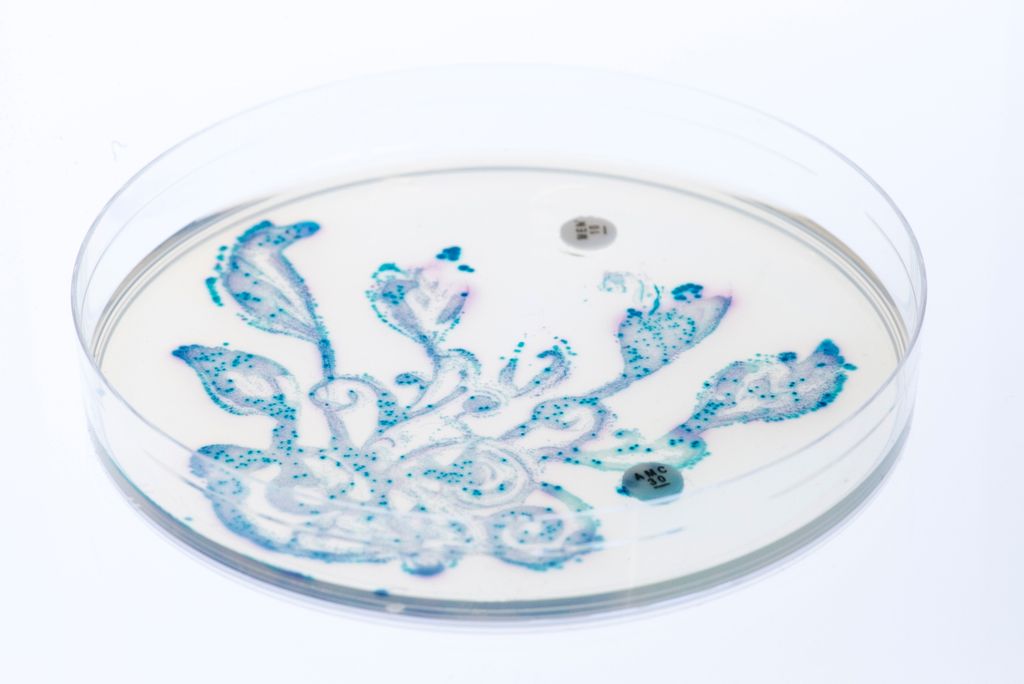
One of the most fundamental roles of our good gut bacteria is their indispensable contribution to digestion itself. You see, our bodies, on their own, cannot fully break down all the complex carbohydrates we consume. This is where our microscopic friends step in, lending a helping hand. They engage in a remarkable process of fermenting and metabolizing these complex carbohydrates, transforming them into other substances that are incredibly beneficial to our bodies. It’s a symbiotic relationship, where what we eat feeds them, and in turn, they create valuable compounds for us.
To foster a truly diverse and robust gut microbiota, we need to provide them with the right kind of fuel. This primarily comes in the form of soluble fiber, which can be found abundantly in foods like beans, oats, and oranges. While insoluble fiber, prevalent in many whole grains, is undoubtedly good for you, it’s worth noting that it isn’t easily fermented by these beneficial bacteria. Therefore, it doesn’t contribute as significantly to the crucial diversity of your gut bacteria, highlighting the importance of including plenty of soluble fiber in your diet to nourish your microbial allies.
Recipe details: Soothing Coconut Cranberry Smoothie {For Gut Health} recipes
Cook time: Unknown Total time: 15
Level: Unknown Servings: 4
Total weight: 422.2 g Calories: 718.8 kcal
Energy: 718.8 kcal Protein: 15.3 g
Carbs: 34.0 g Fat: 62.1 g
Dish Tags: american, drinks, breakfast, Low-Carb, Low-Sodium, Sugar-Conscious, Kidney-Friendly, Vegetarian, Pescatarian, Wheat-Free, Tree-Nuts, Sulfites
Ingredients:
1 cup frozen unsweetened cranberries
1 cup almond or coconut milk
1/2 banana (Optional)
1 tbsp MCT Coconut oil
1 Scoop Vegan or Whey Protein (I Used the My Cotter Creation Vanilla with digestive enzymes and L- Glutamine)
1/2 tsp Vanilla extract
dash of cinnamon
Cooking steps:
1. Gather all specified ingredients, ensuring cranberries are frozen.
2. Add the frozen unsweetened cranberries to the blender.
3. Pour in the almond or coconut milk.
4. Add the optional banana half, MCT coconut oil, protein powder, vanilla extract, and a dash of cinnamon to the blender.
5. Secure the blender lid and blend on high speed until all ingredients are completely smooth and well combined, scraping down the sides as needed to ensure no lumps remain.
6. If the smoothie is too thick, add a small amount more of almond or coconut milk and blend again until desired consistency is reached.
7. Taste the smoothie and adjust any flavors if necessary (e.g., adding more cinnamon or a touch of sweetener if preferred).
8. Pour the prepared smoothie into individual serving glasses.
9. Serve immediately for best enjoyment.
Get the recipe: Soothing Coconut Cranberry Smoothie {For Gut Health} recipes
Read more about: Exploring Undigested Food in Your Stool: Common Causes, Related Conditions, and Dietary Insights
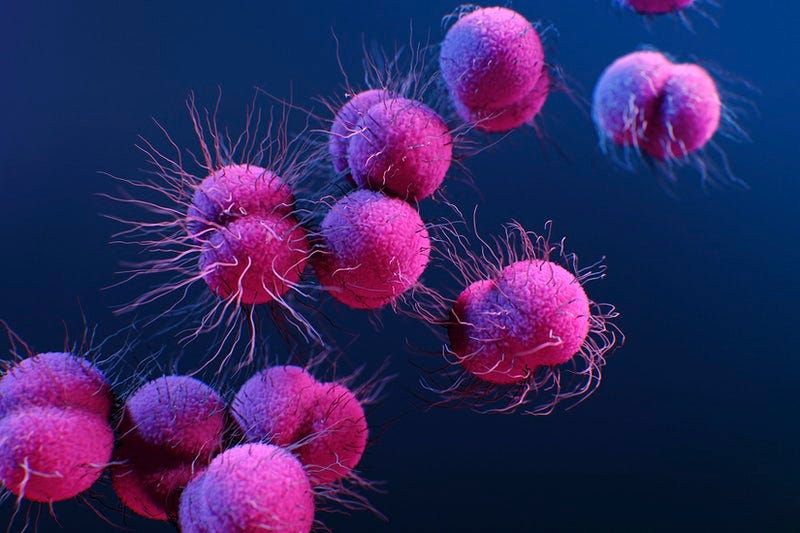
Beyond their digestive assistance, these benevolent bacteria act as a formidable defense force, standing guard against intruders. Every single day, we inevitably swallow pathogenic, or disease-causing, bacteria. Yet, we don’t succumb to illness every time, thanks to the tireless efforts of our tiny microscopic helpers. They are the unsung heroes of our immune system, working diligently behind the scenes to keep us safe and sound. It’s a constant, silent battle, and thankfully, our good bacteria usually emerge victorious.
Their strategy is ingenious: good bacteria create acidic fermentation byproducts that effectively lower your intestine’s pH. This creates an inhospitable environment, significantly decreasing the chances that bad bacteria can survive and multiply. They don’t stop there; they also fiercely compete for available food supply and stake their claim on the valuable squatting rights on your intestinal lining, preventing harmful microbes from gaining a foothold. Furthermore, these tiny defenders possess another secret weapon: they secrete antimicrobial proteins, specialized compounds specifically designed to kill off bad bacteria, ensuring our internal environment remains protected.

Perhaps one of the most astonishing contributions of our gut bacteria is their ability to assist in the synthesis, or production, of many essential vitamins that our bodies need to function optimally. It’s a truly remarkable internal pharmacy! The list of vitamins they help us create includes crucial B vitamins such as B1, B2, B3, B5, B6, and B12, along with vitamin K. These vitamins play pivotal roles in everything from energy production and nerve function to blood clotting and bone health, underscoring the profound impact of a healthy gut on our entire bodily system.
Moreover, for anyone who has experienced the frustrating digestive upset that can often follow a course of antibiotics, fermented foods offer a beacon of hope. Antibiotics, while vital for combating harmful bacterial infections, are indiscriminate in their action, unfortunately wiping out both bad and good bacteria in the gut. This disruption can lead to uncomfortable side effects like diarrhea and other digestive problems. Eating fermented foods during or after antibiotic treatment can be incredibly beneficial, helping to restore your gut bacteria to their normal, healthy state. To further support this restoration, it’s also crucial to eat a diet consistently high in fiber and plant-based foods, as these are the preferred nourishment upon which gut microbes truly flourish.
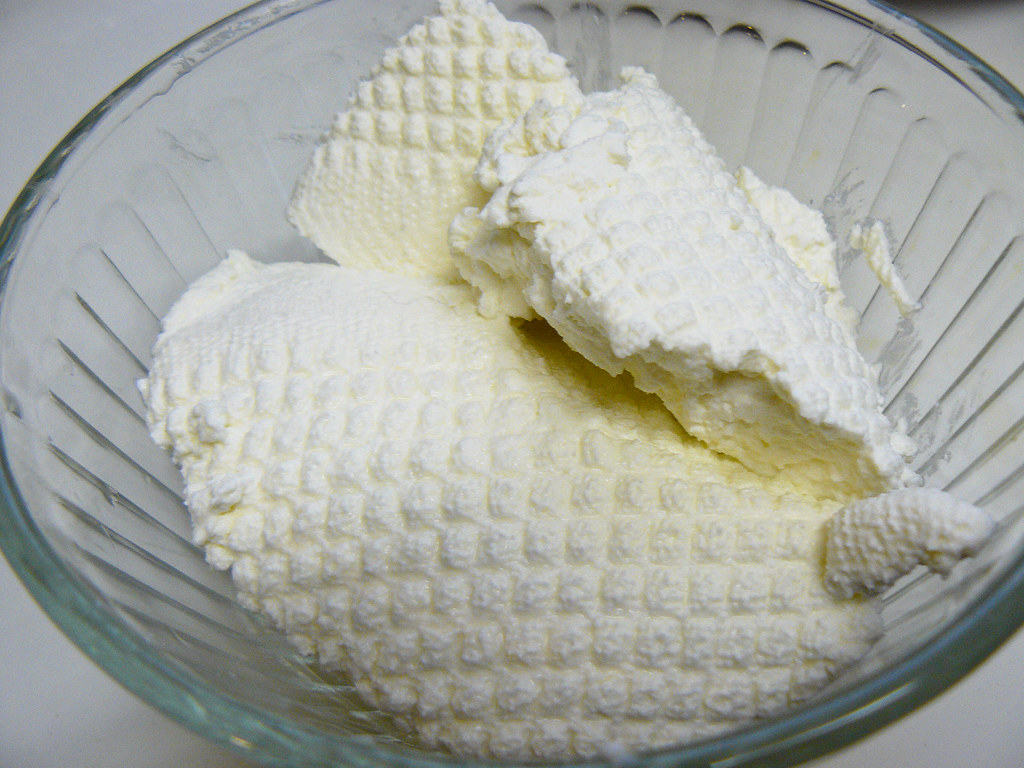
Beyond these foundational roles, the fermentation process itself bestows a remarkable array of benefits upon the foods we consume, often making them more nutritious and accessible than their unfermented counterparts. It’s a natural form of predigestion that significantly enhances the value of our meals. For instance, the probiotics produced during fermentation play a critical role in restoring the balance of friendly bacteria, directly helping to alleviate common digestive problems. This is particularly good news for individuals experiencing issues like irritable bowel syndrome (IBS), a widespread digestive disorder.
Clinical evidence supports this. One 6-week study involving 274 adults with IBS demonstrated that daily consumption of just 4.4 ounces (125 grams) of yogurt-like fermented milk led to notable improvements in IBS symptoms, including reductions in bloating and a more regular stool frequency. Furthermore, incorporating fermented foods into your diet has been shown to lessen the severity of other common digestive complaints such as diarrhea, bloating, gas, and constipation. For anyone regularly battling gut issues, embracing fermented foods can indeed be a useful and comforting dietary strategy.
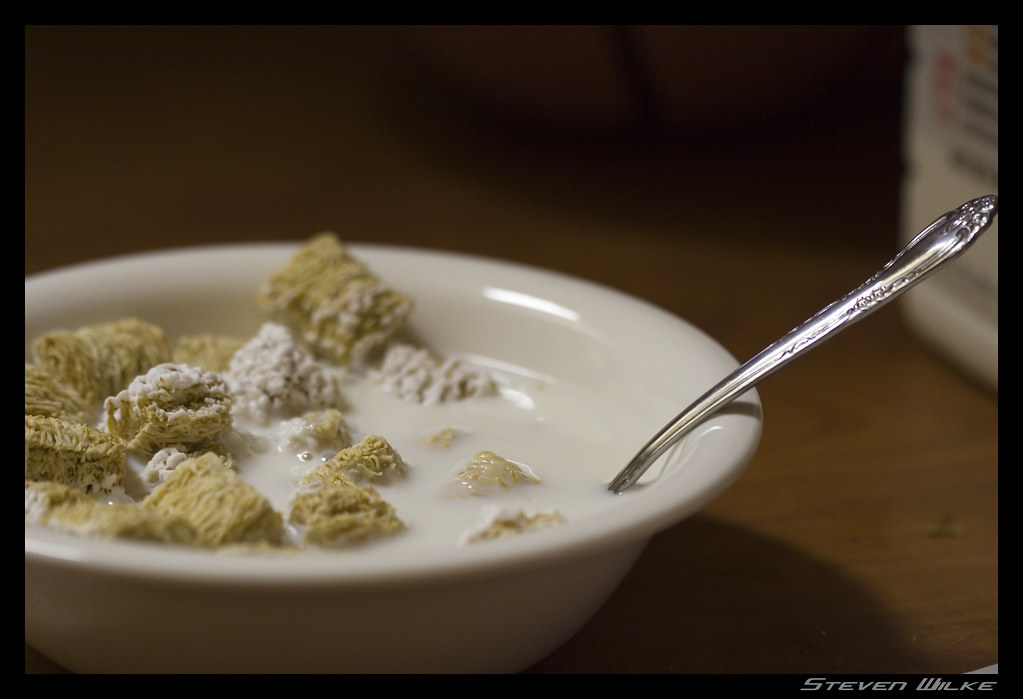
Adding to their immune-boosting prowess, many fermented foods are naturally abundant in vital nutrients like vitamin C, iron, and zinc. Each of these micronutrients is independently proven to contribute significantly to a stronger and more resilient immune system, making fermented foods a multi-faceted approach to enhancing your body’s defenses. It’s truly a testament to the power of nourishing our bodies with wholesome, traditionally prepared foods.
One of the fascinating aspects of fermentation is its ability to make food inherently easier to digest. The microbial action breaks down complex nutrients in food into simpler, more manageable forms. Consider lactose, the natural sugar found in milk. During fermentation, this complex sugar is broken down into simpler sugars – glucose and galactose. This enzymatic breakdown is a game-changer for individuals with lactose intolerance, who can often comfortably enjoy fermented dairy products like kefir and yogurt without the typical digestive discomfort associated with unfermented milk products. It’s a brilliant natural solution for a common dietary challenge.
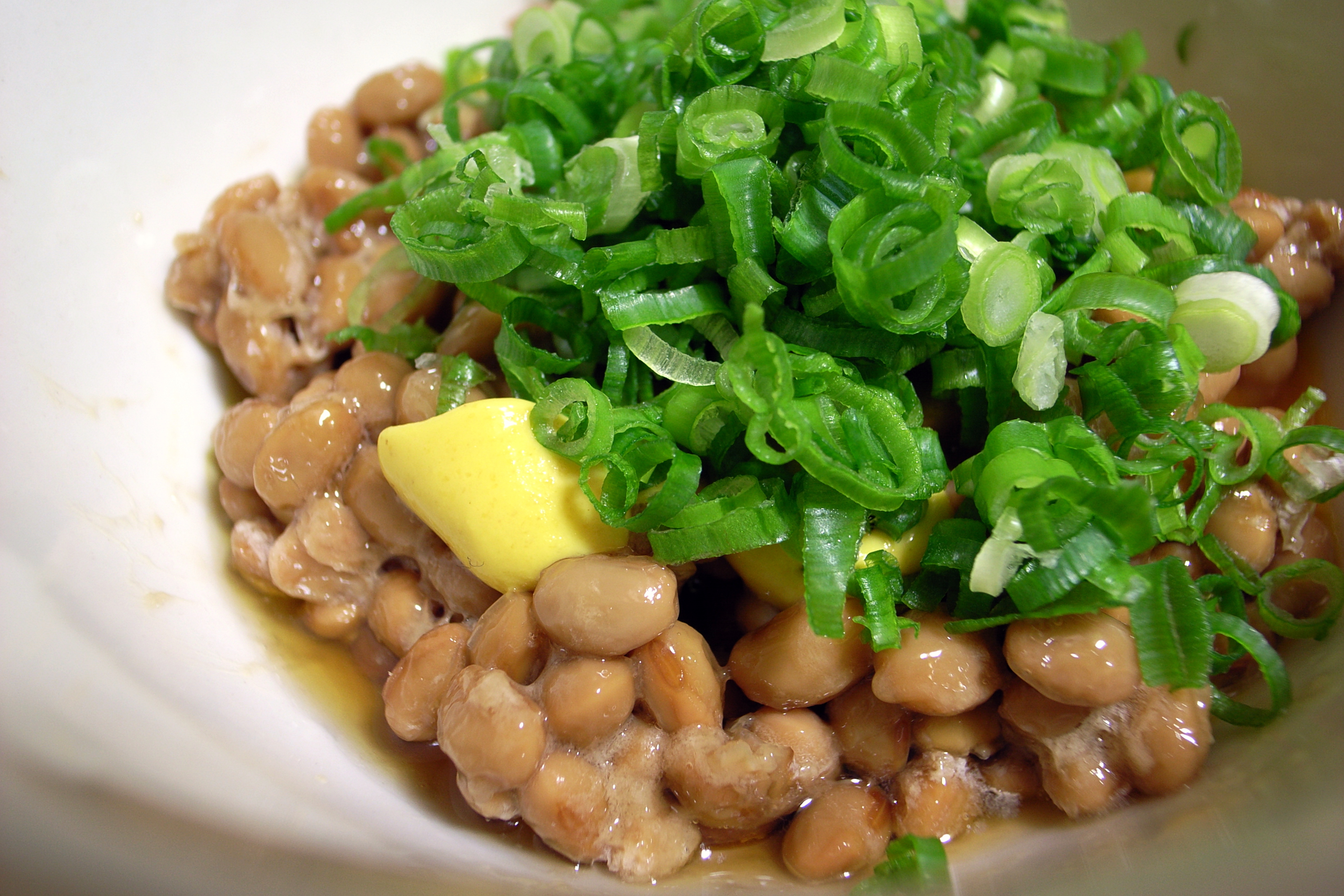
But the digestive enhancements don’t stop there. Fermentation also plays a crucial role in breaking down and even destroying ‘antinutrients.’ These compounds, such as phytates and lectins, are naturally present in foods like seeds, nuts, grains, and legumes. While these foods are generally healthy, antinutrients can interfere with our body’s ability to absorb vital nutrients. By breaking down these inhibitory compounds, fermentation effectively unlocks the nutritional potential of these foods.
For example, consuming fermented beans or legumes, such as tempeh, significantly increases the absorption of their beneficial nutrients, rendering them more nutritious than their unfermented counterparts. This process makes the nutrient content more bioavailable, meaning our bodies can more readily utilize what these foods have to offer. It’s a brilliant way to maximize the goodness from our meals, ensuring we get the most out of every bite.
Recipe details: Natto (Japanese Fermented Soybeans)
Cook time: Unknown Total time: 3060
Level: Unknown Servings: 2
Total weight: 237.8 g Calories: 261.1 kcal
Energy: 261.1 kcal Protein: 26.8 g
Carbs: 18.2 g Fat: 11.4 g
Dish Tags: japanese, desserts, lunch/dinner, High-Fiber, Low-Carb, Low-Sodium, Sugar-Conscious, Keto-Friendly, Vegan, Vegetarian, Pescatarian, Gluten, Wheat, Sulfites, FODMAP
Ingredients:
2 cups dried soybeans (10 1/2 ounces; 300g)
Half of 1/8 teaspoon natto starter spores, such as Nattomoto
Cooking steps:
1. Rinse dried soybeans thoroughly, then place them in a large bowl and soak in plenty of water for 18-24 hours until they double in size.
2. Drain the soaked soybeans, then transfer them to a pressure cooker or large pot. Cook until extremely soft, easily mashed between two fingers (about 45-60 minutes in a pressure cooker or 3-4 hours in a pot).
3. Drain the cooked soybeans completely and spread them on a clean, sterilized surface to cool to approximately 100-105°F (38-40°C).
4. While beans cool, sterilize your fermentation containers (shallow trays work best) by boiling or steaming them, then dry completely.
5. In a small sterilized bowl, dissolve the natto starter spores in a tablespoon of cooled, sterilized water.
6. Gently mix the dissolved natto starter into the warm, cooked soybeans, ensuring even distribution without crushing the beans.
7. Transfer the inoculated soybeans into the sterilized shallow trays, spreading them in a single layer no thicker than 1 inch (2.5 cm).
8. Cover the trays loosely with sterilized parchment paper or plastic wrap (with holes for aeration) and place them in a fermentation environment, such as a dehydrator or oven with a pilot light, maintaining 100-105°F (38-40°C) for 24-36 hours.
9. After fermentation, transfer the natto to the refrigerator and chill for at least 12-24 hours. This halts fermentation and allows the characteristic stickiness and flavor to fully develop.
10. Store finished natto in airtight containers in the refrigerator for up to a week, or freeze for longer storage.
Get the recipe: Natto (Japanese Fermented Soybeans)
The nutritional profile of fermented foods is as diverse as the foods themselves, reflecting the incredible complexity of the fermentation process. There are many variables at play, including the specific microorganisms involved, the inherent nutritional contribution of the ingredients used, and even the environmental conditions like temperature and time during which the food is exposed. Consequently, these myriad factors give rise to thousands of different variations of fermented foods, each with its unique nutritional contribution and distinct microbial diversity. This vast variety means there’s a fermented food out there for almost every palate and preference, inviting us to explore and diversify our intake for optimal benefits.



